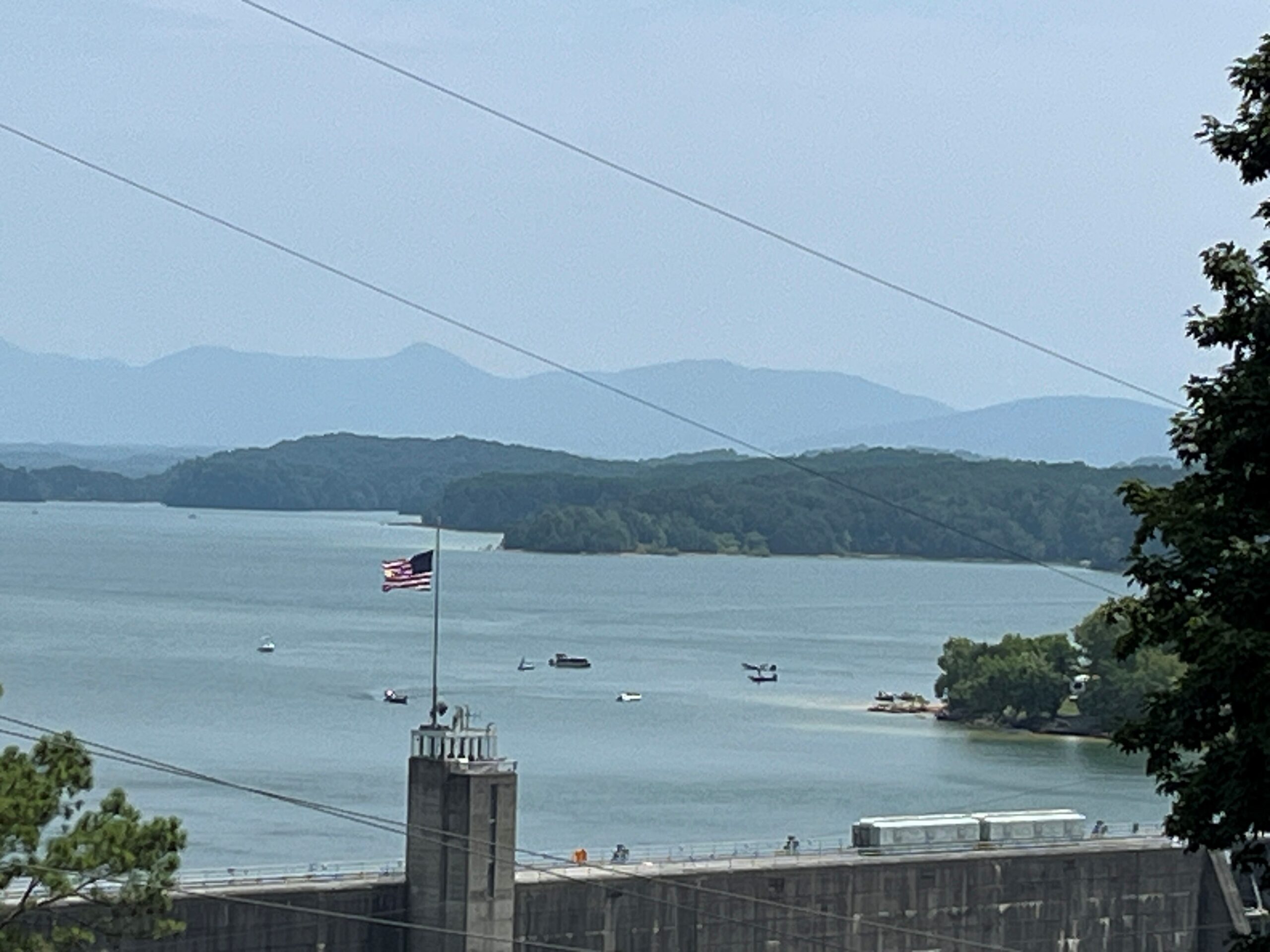Being prepared to stay cool despite summer’s extreme heat involves lots of advance planning by entire communities as well as businesses and local utilities. What will it take to avoid a grid failure this summer? The Tennessee Valley Authority and its partners have been hard at work.
In its After Action Report for Winter Storm Elliott, TVA stated it has taken steps to improve resiliency, with everything from better insulation around instrumentation to software updates to evaluating more carbon-free options.
Federal funds are being offered to help state and local entities improve their power grids and the ways they use them. Get more information on one Grid Resilience program at Energy.gov. Microgrid concepts are gaining popularity, in which on-site power production such as solar, along with battery storage and possibly backup generators, are able to provide power locally even if the larger power grid goes down. Local utility companies themselves are exploring the microgrid concept. One challenge is finding the right balance between a centralized distribution system and the ability for at least some electricity to be produced on-site.
Weather extremes are just one reason for concern about future grid outages. Demand is increasing from businesses and homes. The grid is in need of technological updates. As the National Renewable Energy Laboratory (NREL) explains, “The physical grid is aging and overdue for an upgrade. Most of our existing transmission and distribution lines were built in the 1960s, meaning the energy infrastructure of our country is at the end of its 50-year intended lifespan.”
See the NREL video here: We Need Resilient Energy Systems. Reducing the chance of future blackouts involves a collective effort to innovate and expand energy options.
Anne Brock is marketing coordinator for SolarAlliance.com She can be reached at: 865-221-8349 abrock@solaralliance.com

